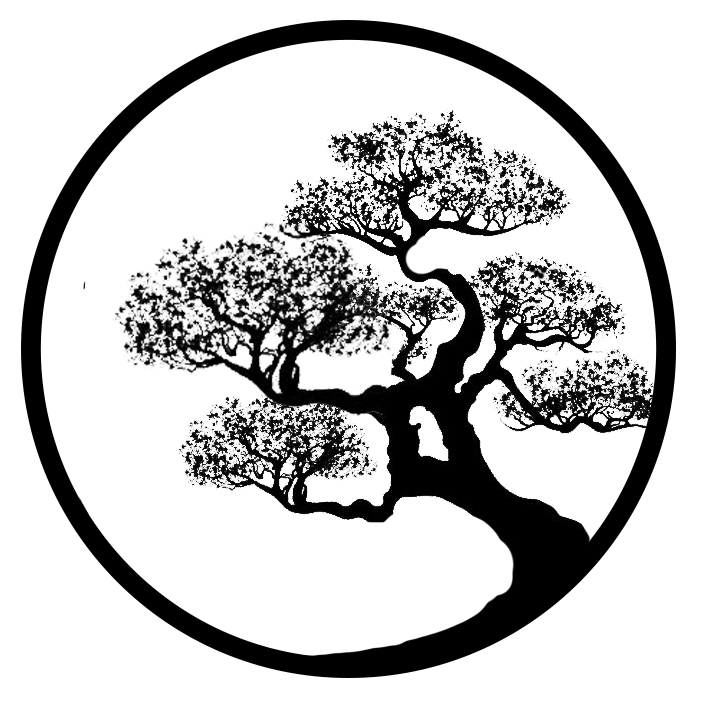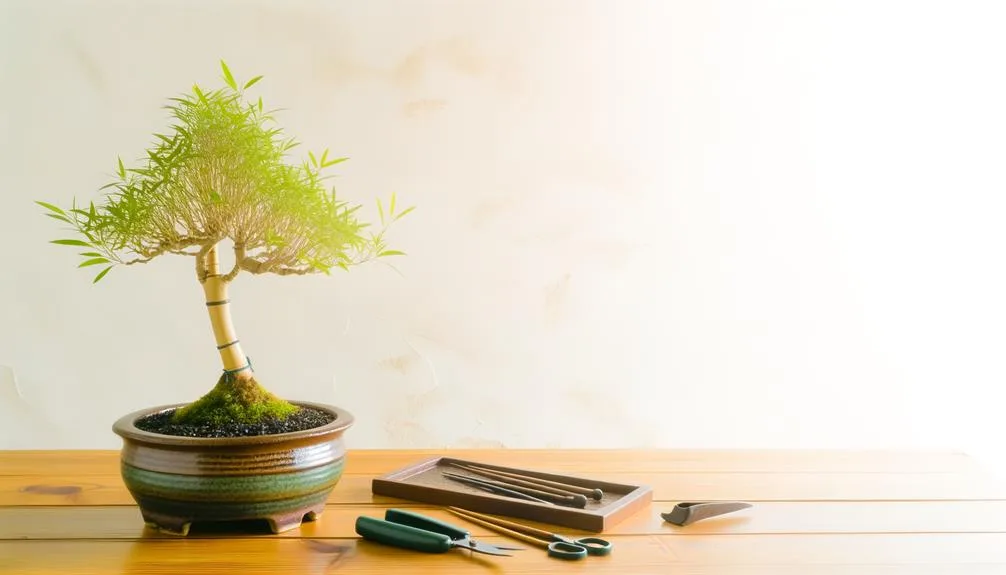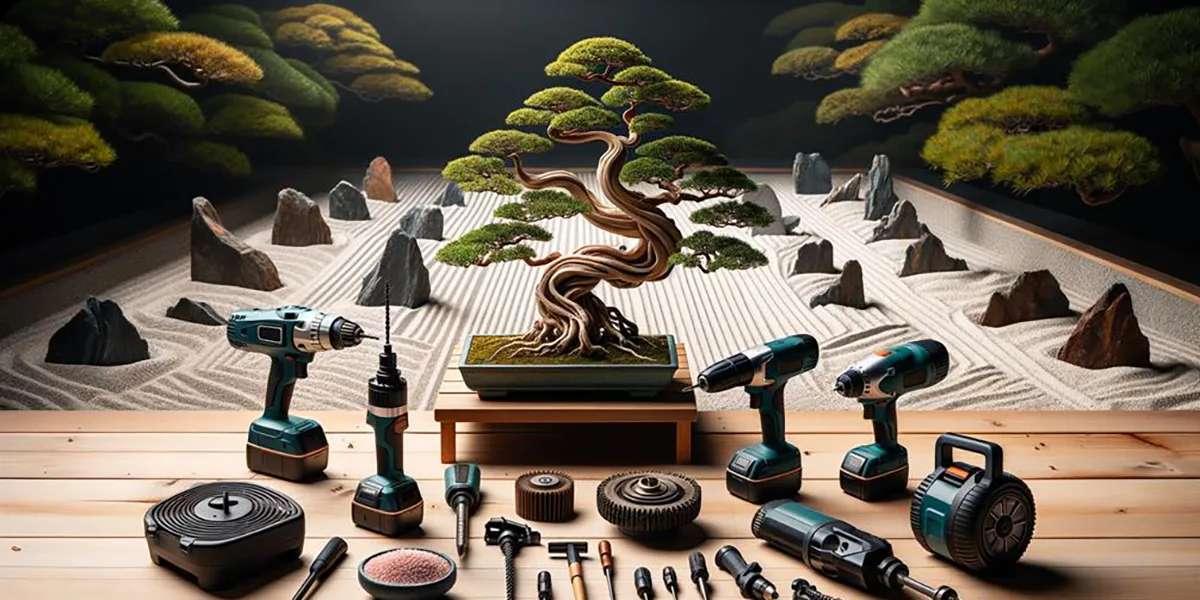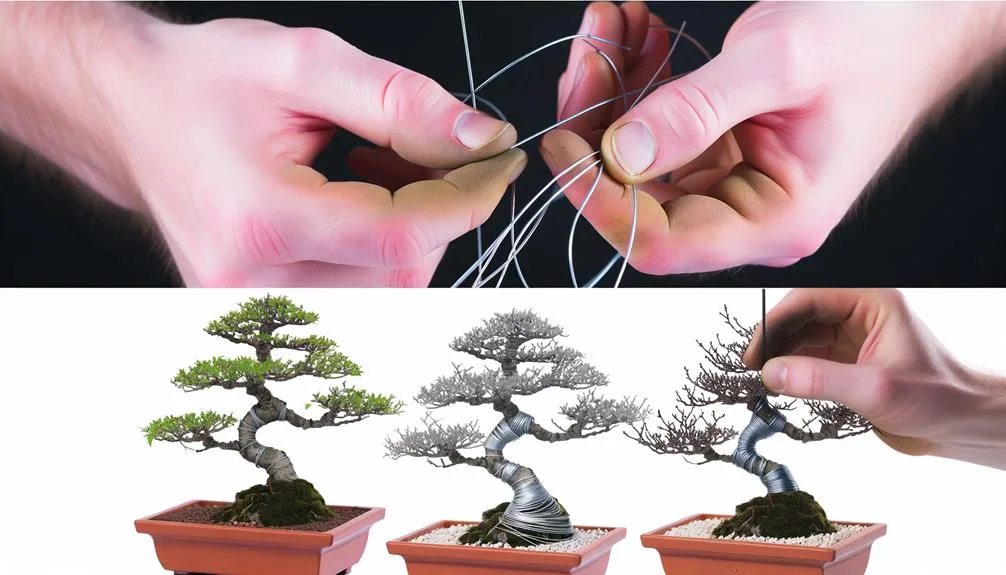Cultivating a bamboo bonsai combines my love for the ancient art of bonsai with the distinctive qualities of bamboo, presenting me with both challenges and rewards.
I’ve found that understanding the specific needs of my bamboo species is essential for their care.
In addition, I’ve had to master the art of pruning and shaping to maintain the aesthetic appeal and health of my plant.
I’ve also learned the importance of pest management in ensuring my bamboo bonsai thrives.
This guide recounts my experiences and lessons learned in selecting, growing, and maintaining a bamboo bonsai, highlighting common obstacles I’ve encountered and how I’ve overcome them.
As we explore these aspects in more depth, I hope to share with you the key to nurturing a bamboo bonsai that not only survives but truly flourishes.
Key Takeaways
- Choosing the right bamboo variety is vital for successful bamboo bonsai cultivation.
- Proper placement and lighting are essential for the health and growth of bamboo bonsai.
- Regular watering, feeding, pruning, and shaping techniques are necessary for vibrant growth.
- Vigilant pest management and monitoring of the plant’s health are important for preventing issues and promoting overall well-being.
Selecting the Right Bamboo
Selecting the right bamboo variety, such as Bambusa ventricosa or Pleioblastus fortunei, is vital for successful bamboo bonsai cultivation. When embarking on creating a Bamboo Bonsai Plant, understanding the importance of selecting the right bamboo cannot be overstated. Dwarf varieties are preferable due to their manageable size and adaptability to the bonsai form. These types of bamboo are suitable for both beginners and experts striving for mastery in the art of bonsai.
The use of well-draining soil is paramount when cultivating bamboo bonsai. This ensures that the roots of the plant do not sit in water, which could lead to root rot, a common issue in poorly draining soils. A suitable soil mix not only supports healthy growth but also aids in the prevention of diseases and pests, which can be detrimental to the plant’s health.
Ideal Placement and Lighting
Ideal placement and lighting for these bonsai plants involves ensuring they receive ample sunlight if kept outdoors and sufficient light when placed indoors, especially for tropical or temperate varieties like the popular Lucky Bamboo.
To achieve mastery in the care of your bamboo bonsai, consider these key points:
- Outdoor Placement: Positioning your bamboo bonsai outside ensures they benefit from natural sunlight, vital for their development during the growing season. This is often the best option for most bonsai plants.
- Indoor Lighting: If growing indoors, locate your bamboo bonsai near a bright window. This will help mimic the natural environment by providing enough light for healthy growth.
- Artificial Lighting: For tropical bamboo bonsai varieties, supplement with artificial lighting when natural light is insufficient. This additional light source can be crucial in maintaining the vigor, size, and color of the leaves.
Monitoring and adjusting the placement of your bamboo bonsai to ensure they receive the ideal amount of light is essential. Proper lighting influences not only the health but also the aesthetic appeal of your bonsai plants.
Watering and Feeding Techniques
Proper watering and feeding techniques are critical components in the care of bamboo bonsai, ensuring their health and vibrant growth. Bamboo bonsai soil dries out quickly, necessitating regular checks to maintain the ideal moisture level.
It’s important to water the bonsai thoroughly, allowing the well-draining potting soil to absorb the water fully while ensuring excess water can drain away. This prevents the roots from sitting in water, which can lead to root rot. A mix specifically designed for bonsai can enhance drainage and support healthy growth.
Feeding your bamboo bonsai is equally vital. Use a liquid fertilizer, diluted to half the recommended strength, to nourish your bonsai. This should be applied every two weeks during the growing season to replenish nutrients in the potting soil and promote vigorous growth. The liquid fertilizer ensures that the nutrients are immediately available to the plant.
Additionally, regular pruning is necessary to maintain the desired shape and health of the bamboo bonsai. Remove any dead or unnecessary branches to allow for better air circulation and light penetration, which are essential for the plant’s development.
These watering and feeding techniques, when applied consistently, will ensure the thriving growth of your bamboo bonsai.
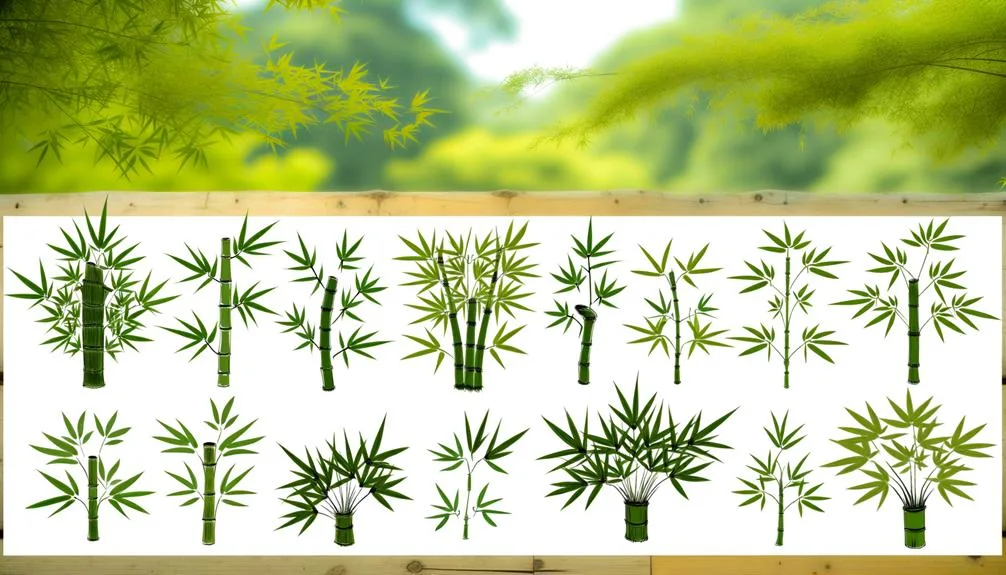
Pruning and Shaping Mastery
Pruning and shaping mastery is key for cultivating a bamboo bonsai, a unique fusion of the ancient art of bonsai and the distinct characteristics of bamboo. This process not only enhances the aesthetic appeal of the bonsai but also contributes significantly to its health and longevity. Here’s an overview of the skills and knowledge involved:
1. Understanding Bamboo Growth Patterns
- Identify Growth Stages: Recognizing the stages of bamboo growth is essential to determine the best times for pruning and shaping.
- Growth Habit: Bamboo has a different growth habit compared to typical bonsai trees. It grows quickly and vertically, requiring timely interventions.
2. Pruning Techniques
- Selective Pruning: Remove unwanted branches and leaves to direct the plant’s energy to desired areas. This includes thinning out dense foliage to improve light penetration and air circulation.
- Root Pruning: Periodically trim the roots to maintain the plant’s size and encourage a compact root system, which is vital for the health of a bonsai.
3. Shaping Strategies
- Wiring: Bamboo can be gently shaped using wires. However, due to its fast growth and strength, the wiring needs careful monitoring to avoid cutting into the plant as it grows.
- Clipping and Pinching: Regular clipping and pinching help shape the bamboo bonsai and control its size. This must be done with an understanding of the bamboo’s growth pattern to encourage branching where desired.
4. Timing
- Best Seasons for Pruning: The optimal times for pruning and shaping bamboo bonsai are during its dormant periods or just before its rapid growth phases, typically early spring or late fall.
- Frequent Monitoring: Due to bamboo’s rapid growth rate, frequent monitoring and adjustments are necessary to maintain the desired shape.
5. Tools and Care
- Proper Tools: Use sharp, clean pruning shears and bonsai scissors for precise cuts. This prevents damage and disease.
- Post-Pruning Care: After pruning, ensure the bonsai is well-cared for, with adequate water, light, and nutrients to recover and thrive.
6. Aesthetic Considerations
- Visual Balance: Aim for a natural, visually pleasing shape that reflects the essence of bamboo while adhering to bonsai aesthetics.
- Personal Style: While traditional bonsai shapes can be a guide, bamboo offers the opportunity to explore unique styles that highlight its elegance and simplicity.
Mastery in pruning and shaping a bamboo bonsai is a journey that combines artistry with an understanding of the plant’s biology. It requires patience, observation, and a gentle hand to guide the bamboo into a living sculpture that embodies the beauty and tranquility of nature.
Mastering pruning and shaping is not just about maintaining size; it’s about expressing artistry through your bamboo bonsai.
Pest Management and Health
Proper pest management and health practices involve not just reacting to problems, but also proactively preventing them. By managing watering and soil conditions carefully, you can avoid water-related issues that often lead to pest infestations and diseases. Remember, the goal is to maintain the overall health of your bamboo bonsai, ensuring its longevity and beauty. With these essential tips and techniques, you’re well on your way to mastering the art of bamboo bonsai care.
| Need to Know | Techniques | Benefit |
|---|---|---|
| Regular Checks for Pests | Inspect for red spider mites and scale | Early detection and management |
| Systematic Spraying | Use organic methods to control pests | Protects plant without harsh chemicals |
| Monitor Plant Health | Look for signs of disease or decline | Prompt intervention saves the plant |
Maintaining the health of your bamboo bonsai requires vigilant pest management and attention to plant well-being. To achieve this, it’s crucial to learn everything you need to know about keeping these pests at bay and ensuring your bamboo plants thrive. By incorporating essential tips and techniques into your routine, you can prevent common issues that might compromise the health of your bamboo bonsai.
Frequently Asked Questions
How Do You Take Care of a Bamboo Bonsai Tree?
Caring for a bamboo bonsai involves mastering several techniques: selecting well-draining, slightly acidic soil, ensuring adequate light, adhering to a regular watering schedule, employing strategic pruning, establishing a fertilization strategy, managing pests, and determining repotting intervals.
What Are the Best Tips for Growing Bonsai?
For optimal bonsai growth, select appropriate species, use a well-draining potting mix, master pruning techniques, apply wiring strategies, ensure sufficient sunlight exposure, maintain regular watering frequency, and adhere to a consistent fertilization schedule.
What Are the Tips for Growing Lucky Bamboo?
For growing Lucky Bamboo, select a bright, indirect light location, change water bi-weekly using filtered water, choose fertilizer formulated for Lucky Bamboo, implement a prudent pruning strategy, follow annual repotting advice, and adopt effective pest management techniques.
How Do I Keep My Bamboo Plant Happy?
To ensure your bamboo plant thrives, maintain consistent watering frequency, provide optimal light exposure, select appropriate soil choice, use the right fertilizer type, control temperature, adhere to a regular repotting schedule, and apply proper pruning techniques.
